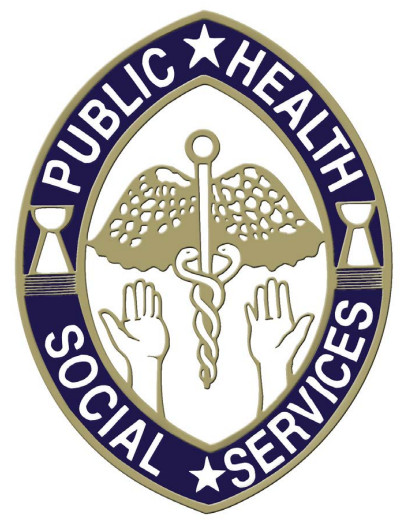First steps in planning

The first step is to take stock of your personal situation, ask questions, and educate yourself about local resources.
Here are a few things you can do to get started:
- Assess your possible need for long-term services and supports.
- Consider your financial circumstances and how they might change.
- Maintain your health and independence.
- Talk with your family about caregiving.
- Get familiar with local resources.
How likely are you to need long-term services and supports?
Ask your health care professional if you are likely to need long-term services and supports. This need for long term services and supports can be determined by looking at your medical and family history and lifestyle choices. In the case of an unexpected change in health, this need could surface immediately.
- Your age and gender - The chance of needing long-term services and supports increases as you get older. Women live longer and are more likely to need long-term services and supports.
- Your family history - Have other family members needed long-term services and supports? If so, what type and for how long?
- Your current health - Are you in good general health? Do you have any health conditions that may increase your need for long-term services and supports?
- Changing needs - The amount and type of long-term services and supports you need often increase over time.
- Your family situation - Are your family members or loved ones willing and able to provide any home-based care? If so, you may need fewer long-term services and supports. You may need more care from a paid provider if you are single.
Maintain your health and independence
Many people fail to make the connection between healthy behaviors today and their health as they age. Healthy eating, physical activity, mental stimulation and regular health care are key factors in staying healthy and independent.
Talk with your family about caregiving
It’s estimated that individuals turning 65 today will need up to three years of long-term services and supports. Examples of in-home support include, but are not limited to: providing transportation, helping with bathing, toileting, and other personal care; preparing meals; organizing and giving medications, or performing other nursing tasks.
Talking about aging or disability and potential care needs ahead of time makes sense from a practical standpoint but most of us put it off, or possibly due to a variety of reasons, we stay quiet, hoping that things will turn out for the best. The need for long-term services and supports can occur at any age, and you will have more options and choices if you start talking and planning now, rather than waiting for a crisis when you may not be able to make your own decisions and emotions of family and friends are high.
Caregiving can be challenging for both the care receiver and the caregiver. To help family or friends think about and help you plan for future care, AARP Foundation has published a planning guide for families, titled Prepare to Care.
You may also want to review the Caregiver supports section of our website.
Get familiar with local resources.
Talk to a local CLC about your community’s resources, services and costs. You can also learn more about long-term services and supports in the Explore your options section of this website.
Contact your local State office if you have questions or would like to talk with someone in person about your situation. Guam GetCare staff are available to help you.


